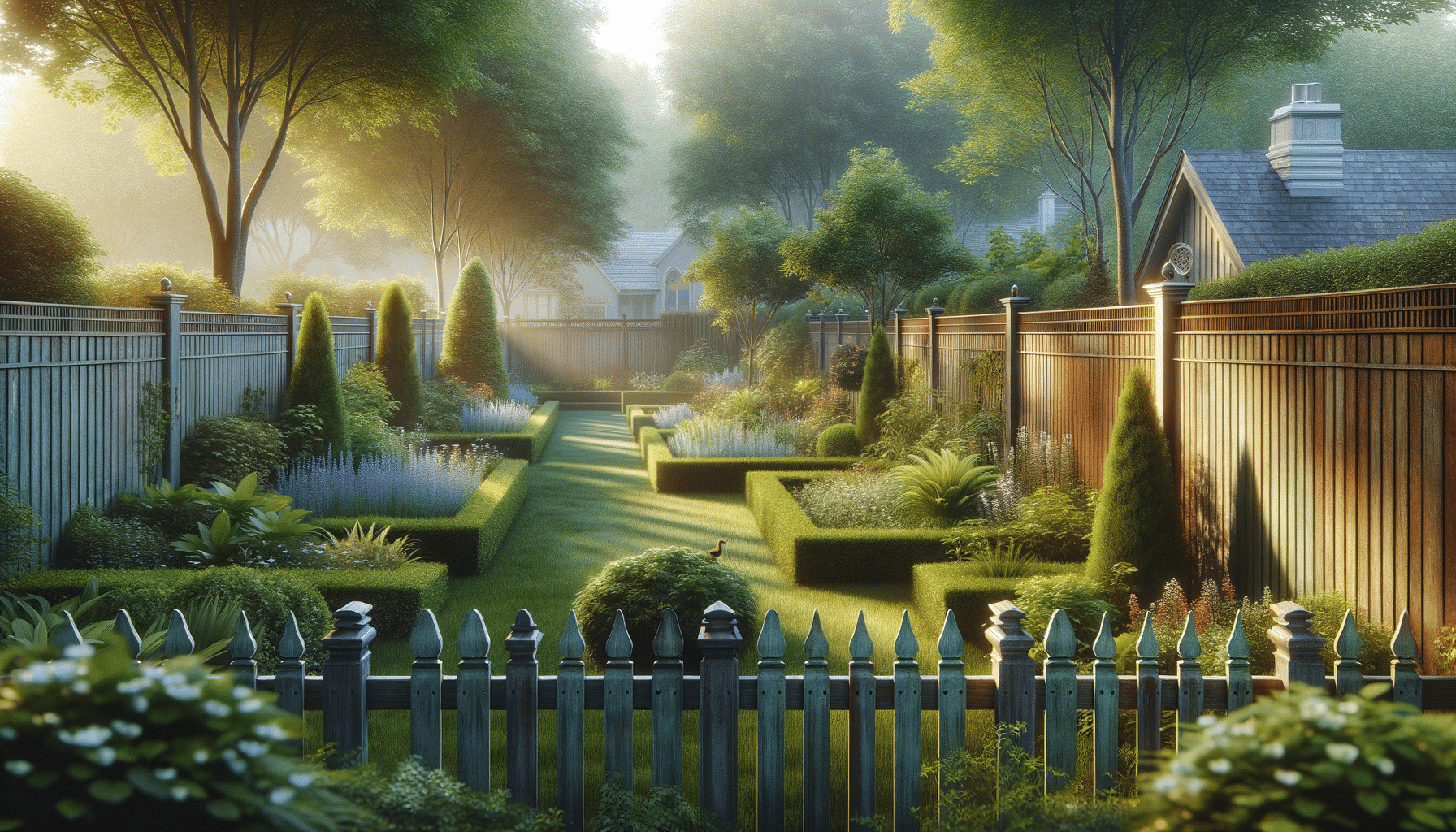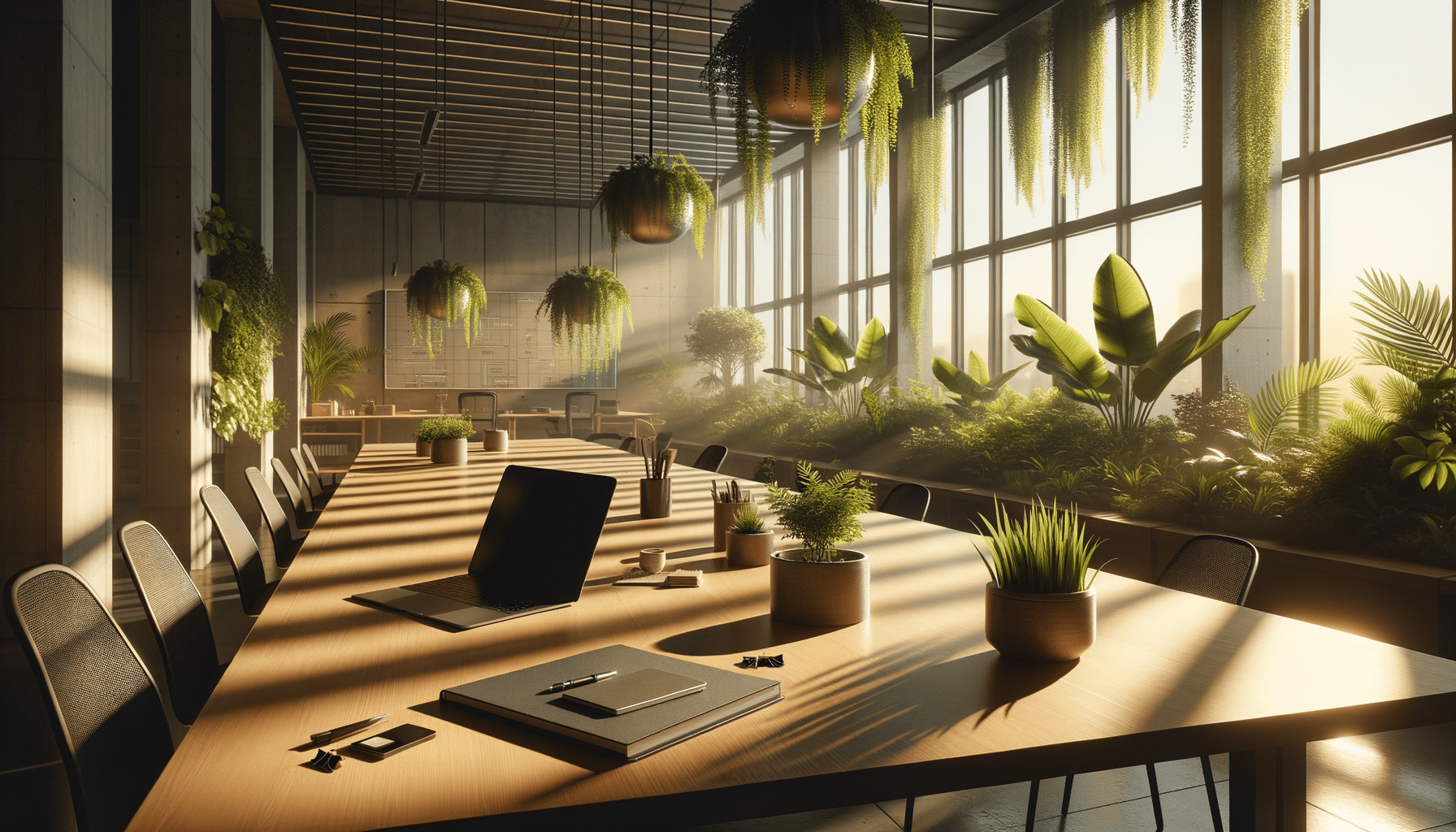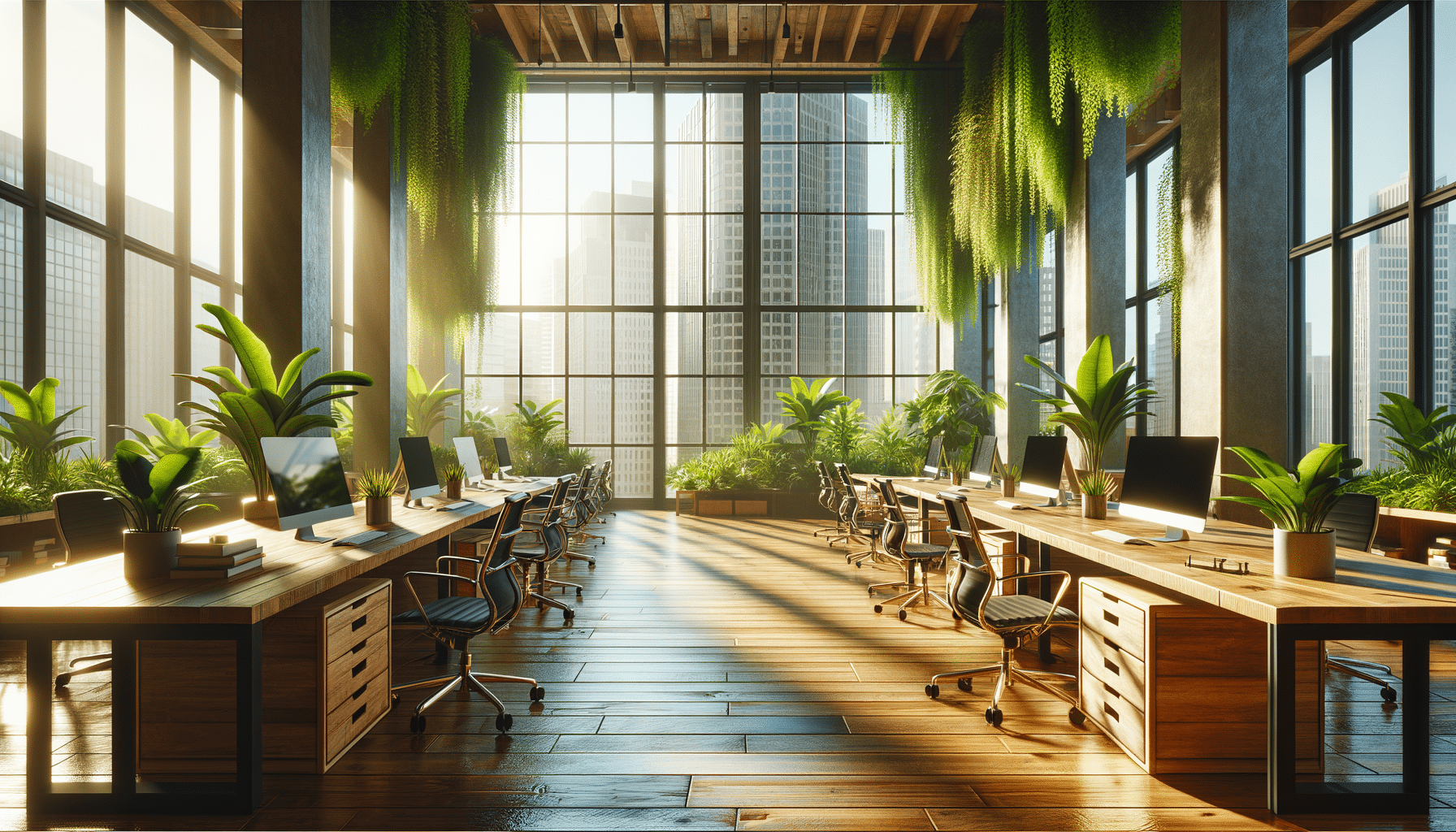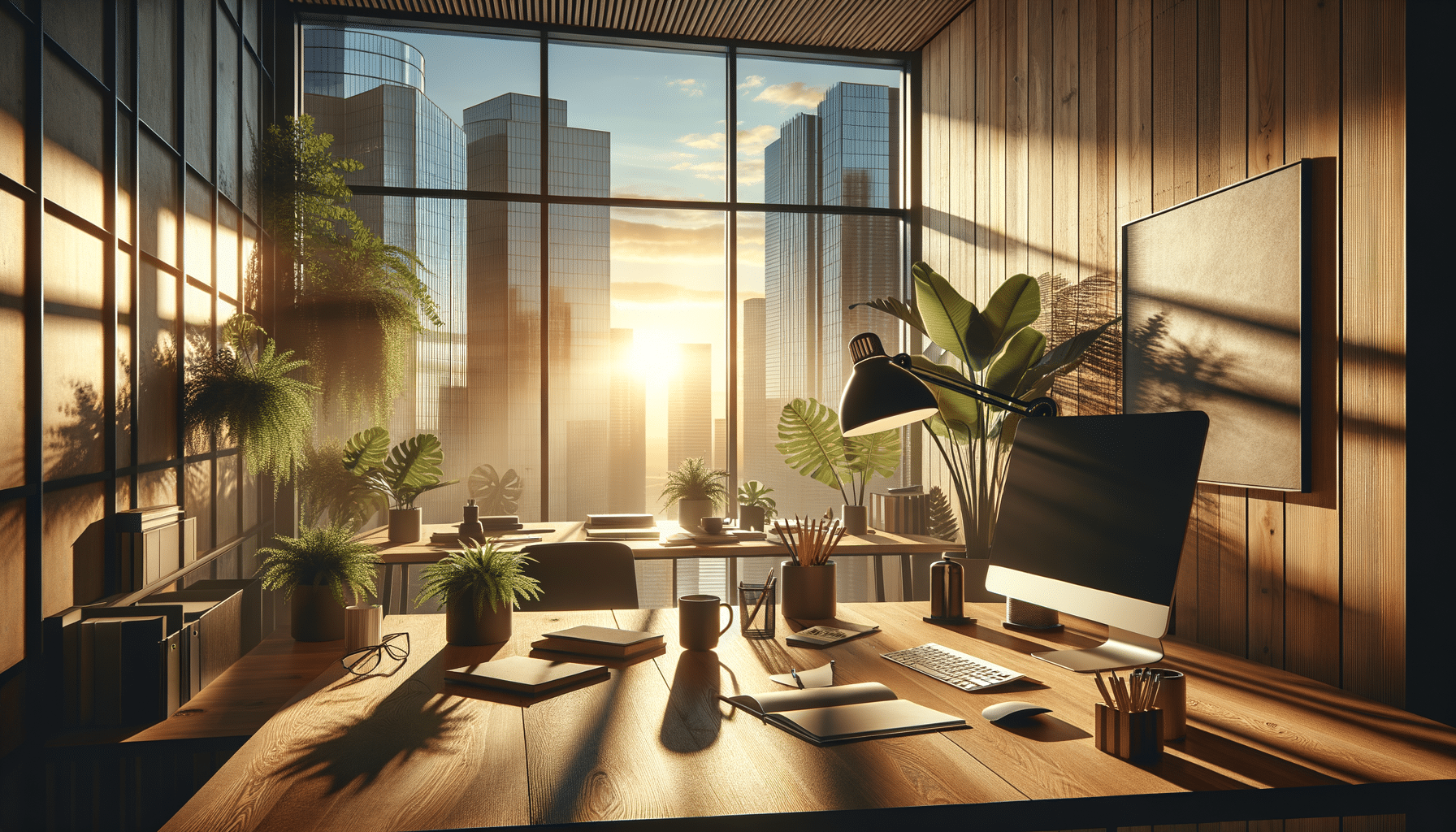
Backyard Fencing Options: Styles, Materials, and Budget Tips
Understanding the Purpose of Fencing
Fences serve various purposes, each contributing to the overall functionality and aesthetics of your outdoor space. Primarily, they provide privacy, creating a secluded environment away from the prying eyes of neighbors or passersby. This aspect is particularly significant for those who value their personal space and wish to enjoy their garden without disturbances. Furthermore, fences enhance security, acting as a deterrent to potential intruders and keeping unwanted animals at bay.
Beyond privacy and security, fences are a critical component of landscape design. They define the boundaries of your property and can be used to highlight certain areas, such as flower beds or vegetable patches. With the right design and material, a fence can elevate the overall look of your garden, adding character and charm. The aesthetic appeal of a fence can also increase the curb appeal of your property, potentially boosting its market value.
Lastly, fences are practical for families with children or pets, providing a safe and enclosed area for them to play. This ensures peace of mind for parents and pet owners, knowing that their loved ones are protected. When choosing a fence, it’s essential to consider its purpose to ensure it meets your specific needs.
Exploring Different Fencing Styles
The style of a fence significantly impacts the overall appearance of your garden. A classic picket fence, for example, offers a traditional look that complements cottage-style homes and gardens. Its charming design is both functional and decorative, providing a clear boundary without obstructing views.
For a more contemporary look, horizontal slat fences are an excellent choice. These fences offer a sleek, modern aesthetic that pairs well with minimalist landscapes. The clean lines and uniformity of the slats create a sense of order and sophistication. Additionally, they can be customized with various spacing options to control the level of privacy.
Another popular style is the lattice fence, which combines functionality with elegance. The crisscross pattern not only provides privacy but also allows climbing plants to grow, integrating the fence into the garden’s natural environment. This style is perfect for gardens that aim to blend man-made structures with nature.
Choosing the right style depends on your personal taste and the architectural design of your home. It’s important to select a style that complements your existing landscape while fulfilling its intended purpose.
Materials: From Wood to Metal
The choice of material for your fence affects its durability, maintenance requirements, and overall appearance. Wood is a popular choice due to its natural beauty and versatility. It can be painted or stained to match your garden’s color scheme and is relatively easy to work with. However, wood fences require regular maintenance to prevent rot and insect damage.
Metal fences, such as aluminum or wrought iron, offer a durable and low-maintenance alternative. They are resistant to weather conditions and do not require frequent upkeep. Metal fences can also be customized with intricate designs, adding a touch of elegance to your garden. However, they tend to be more expensive than wood.
Vinyl is another material gaining popularity due to its durability and minimal maintenance needs. It is resistant to rot, fading, and pests, making it an excellent choice for those looking for a long-lasting option. Vinyl fences come in various styles and colors, allowing for customization to fit your garden’s aesthetic.
When selecting a material, consider factors such as climate, budget, and the level of maintenance you are willing to commit to. Each material has its pros and cons, so it’s essential to make an informed decision that aligns with your needs.
Budgeting for Your Fence
Setting a budget is a crucial step in the fencing process. The cost of a fence can vary significantly based on the materials, style, and size of the area to be fenced. It’s important to factor in not only the initial installation costs but also long-term maintenance expenses.
Wood fences, while initially less expensive, may incur higher maintenance costs over time. Regular staining or painting, along with potential repairs for rot or damage, can add up. On the other hand, materials like vinyl or metal might have a higher upfront cost but require minimal upkeep, making them cost-effective in the long run.
To manage costs effectively, consider obtaining multiple quotes from contractors to compare prices. Some homeowners opt for a DIY approach to save money, though this requires time and skill. Additionally, explore financing options or phased installations if budget constraints are a concern.
Ultimately, your budget should reflect the importance of the fence to your property’s security, privacy, and aesthetic appeal. Investing in quality materials and craftsmanship can yield long-term benefits and satisfaction.
Conclusion: Choosing the Right Fence for Your Garden
Choosing a fence for your garden is an important decision that impacts both the functionality and aesthetics of your outdoor space. By understanding the purpose of your fence, exploring various styles, and considering the materials and budget, you can make an informed choice that enhances your property.
Remember, a fence is not just a boundary; it is an extension of your home and a reflection of your personal style. Whether you opt for the classic charm of a wooden picket fence or the modern elegance of a metal design, the right fence can transform your garden into a sanctuary of privacy, security, and beauty.
As you embark on your fencing journey, take the time to research and plan carefully. With thoughtful consideration, your fence will serve as a valuable addition to your home, providing years of enjoyment and satisfaction.


